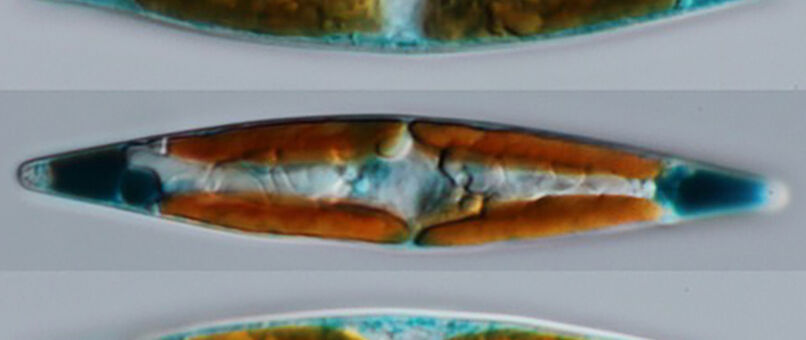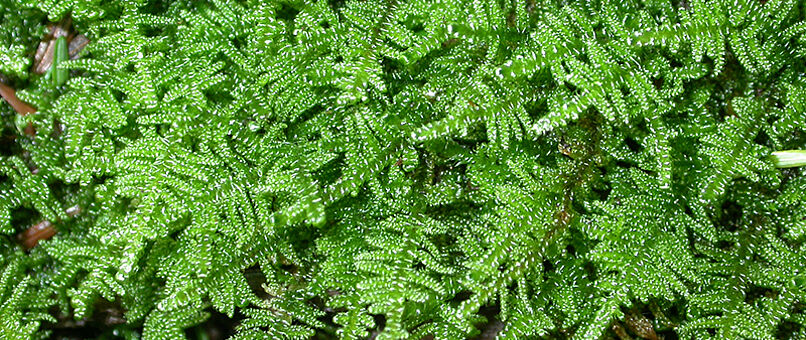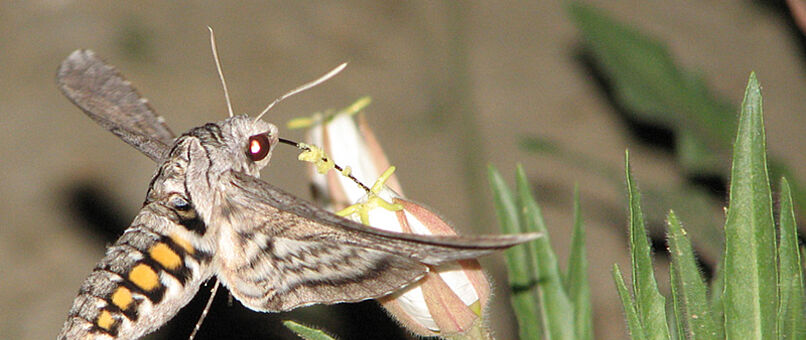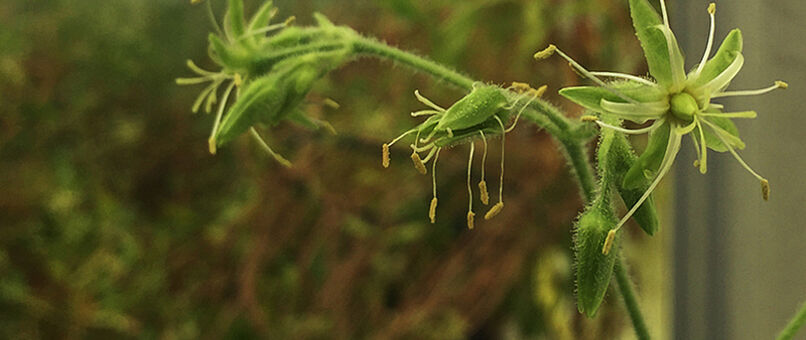Research in the Plant Phylogenomics group focuses on how genome-level processes (e.g. gene duplication, horizontal gene transfer, introgression) and natural selection have shaped the morphological, molecular, and phylogenetic diversity of plants. Projects in the group have involved a broad diversity of photosynthetic organisms, including bryophytes, flowering plants, diatoms, parasitic plants, and more. Current work includes the evolution of floral scent in evening primroses (Onagraceae), breeding system evolution and phylogeny of the Hawaiian Islands endemic genus Schiedea (Caryophyllaceae), phylogenomics of pleurocarpous mosses, phylogenomics of orchid radiations in Sri Lanka, and the evolution of mycoheterotrophy. PhD students in the group are encouraged to either carve out their own projects within these larger ones, or develop their own projects within the group's area of expertise. However, all projects in the group generally share two common themes: What are the genomic signatures that coincide with the origin of fundamental life history traits, and what is the relationship between these processes/traits and diversification? To address these questions, we use a diversity of approaches, from field-work to high-throughput DNA sequencing methods (genome sequencing, target-enrichment, transcriptomics, RAD-Seq), all with a heavy emphasis on using both gene and species phylogenies.








